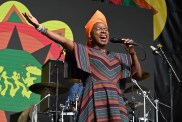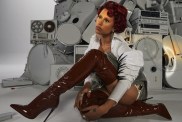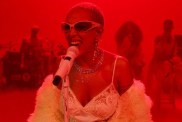New recruit Ned Green let’s his slippery digits fly in his new weekly column Ned Heckling The Band focussing on Jazz and whatever else is rattling round his tightly wound head.
So I’ve got to write this column on jazz right? But I’m only eighteen and just finished school, so while I’ve been playing jazz (albeit rather poorly) for going on five years…












